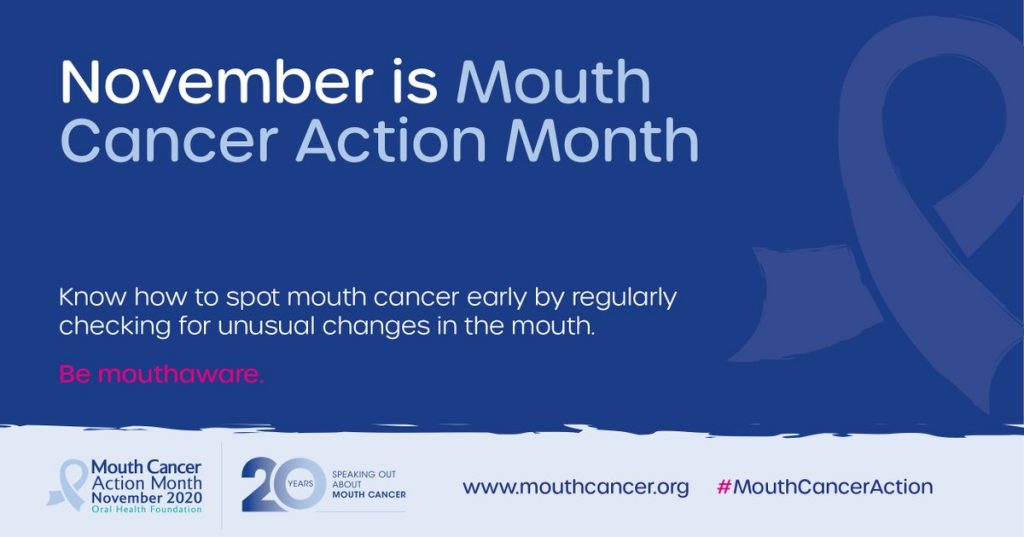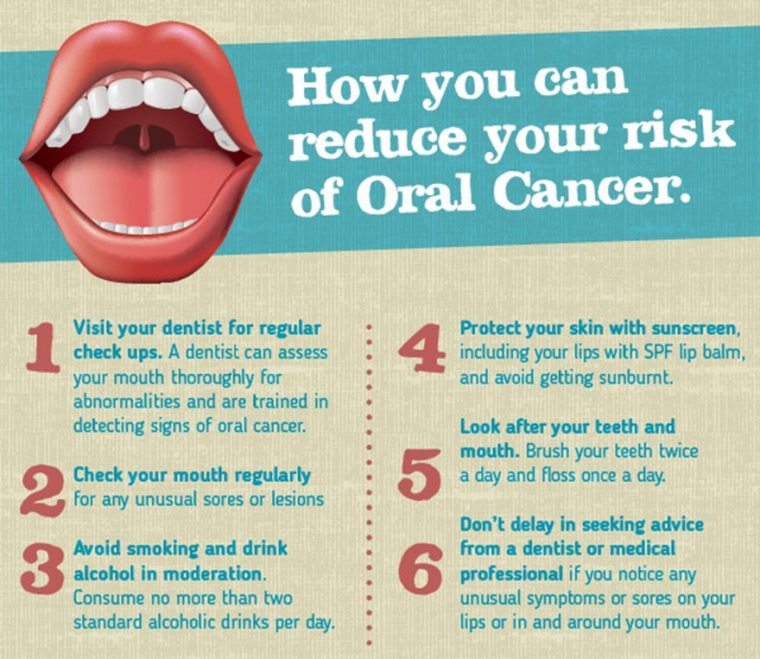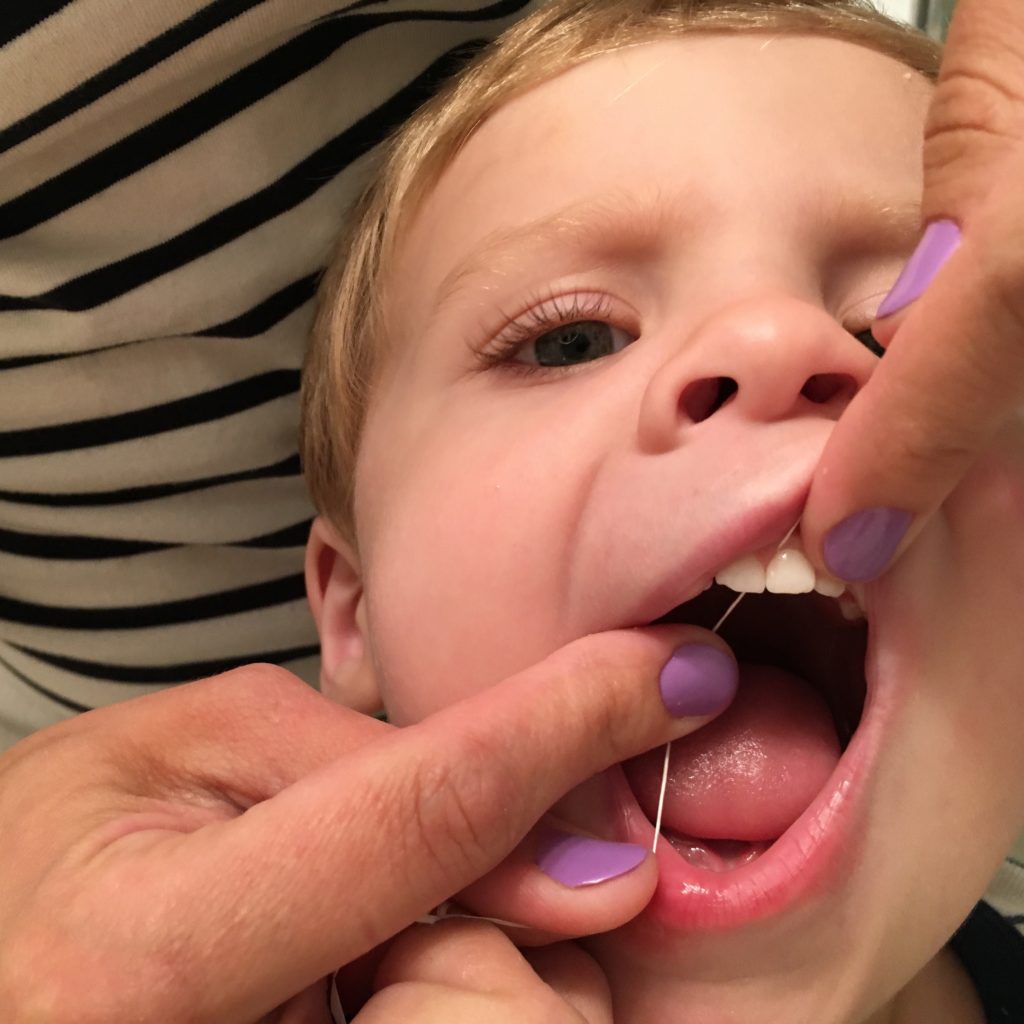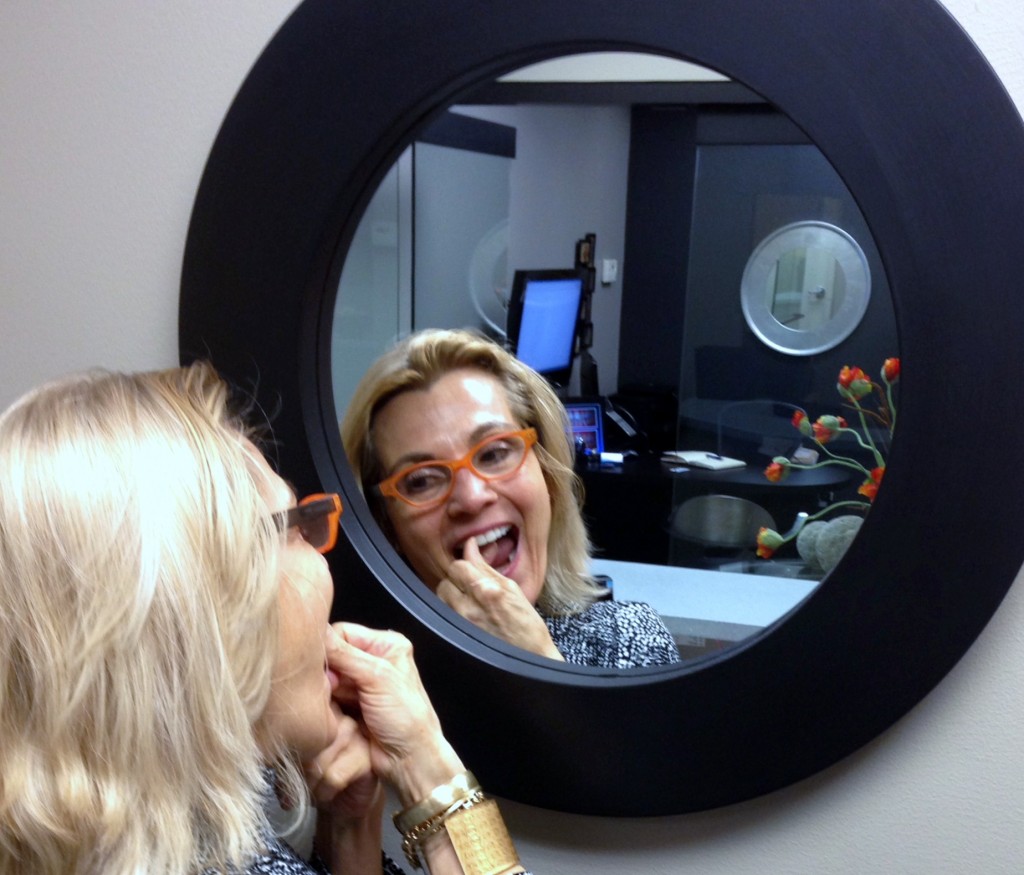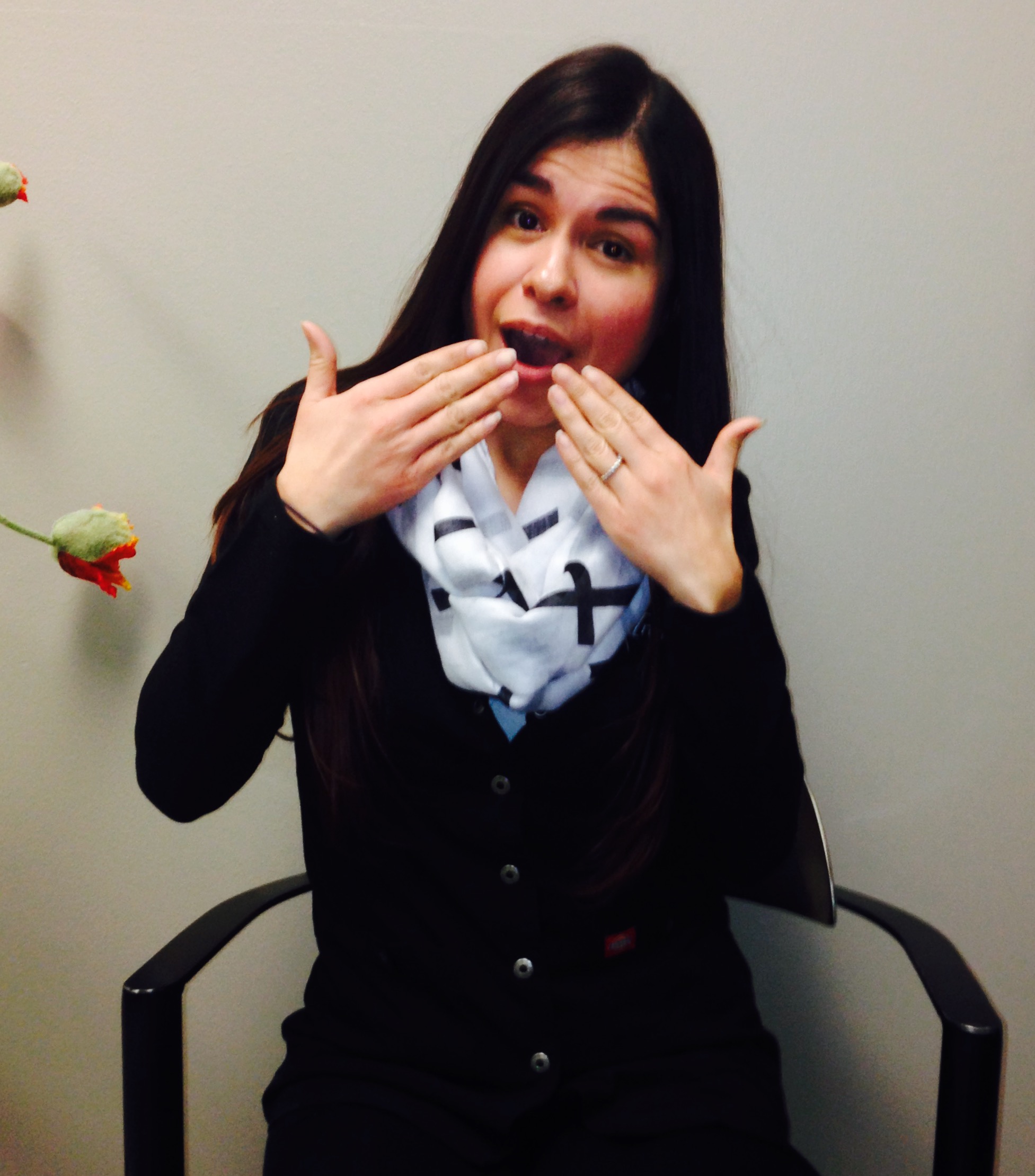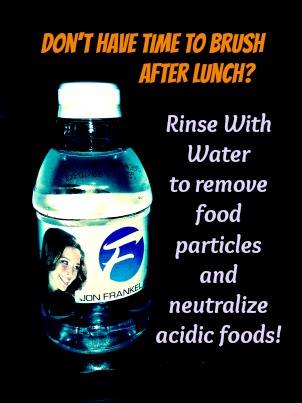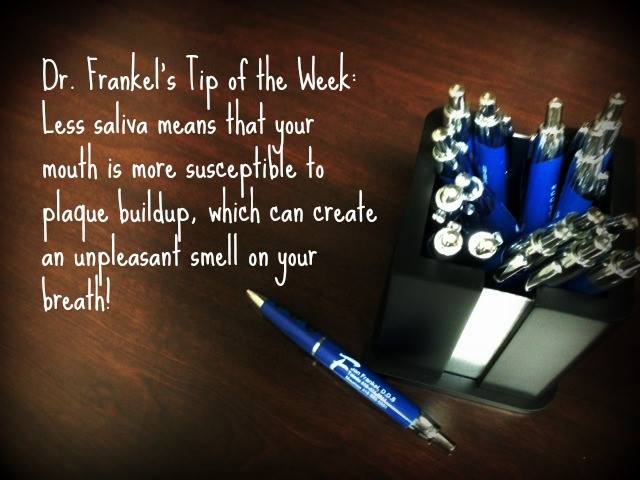How often do you feel oral pain after enjoying a bite of your summer sundae on a nice July night? Or struggle to enjoy a nice hot cup of soup? You could be struggling with tooth sensitivity.
What is tooth sensitivity?
Tooth sensitivity is pain or discomfort as a response to hot and cold stimuli. This can be anything from hot foods to cold air.
What causes tooth sensitivity?
Let’s look at the anatomy of a tooth. The strong outer layer of a tooth is called enamel. The more enamel is worn down the more sensitive the tooth becomes.
There are many factors which could contribute to tooth sensitivity such as:
-brushing too hard
-Acidic foods
-Teeth grinding
-Tooth decay
-Gastrointestinal issues such as GERD
How to care for sensitive teeth?
First and foremost visit a dentist for a full exam. A cleaning and professional exam can help detect any deeper issues which could be causing your sensitivity or any other oral health concerns. Your dentist may recommend fluoride treatments to help protect and rebuild your enamel. They may also recommend alcohol- free mouthwash and a toothpaste specialized for sensitive teeth. Specialized products often have desensitizing ingredients to help block discomfort and limited irritating ingredients.
Maintaining a strong, consistent oral health care routine at home can do wonders for your oral health. Invest in products which can help rebuild and protect enamel. Practice a healthy diet and try limiting acidic foods. Frankel Dentistry wants to help you achieve and maintain optimal oral health care. Visit us on our other online platforms to learn more about your oral health.
Facebook: Frankel Dentistry
Instagram: Frankel Dentistry
Linkedin: Frankel Dentistry

